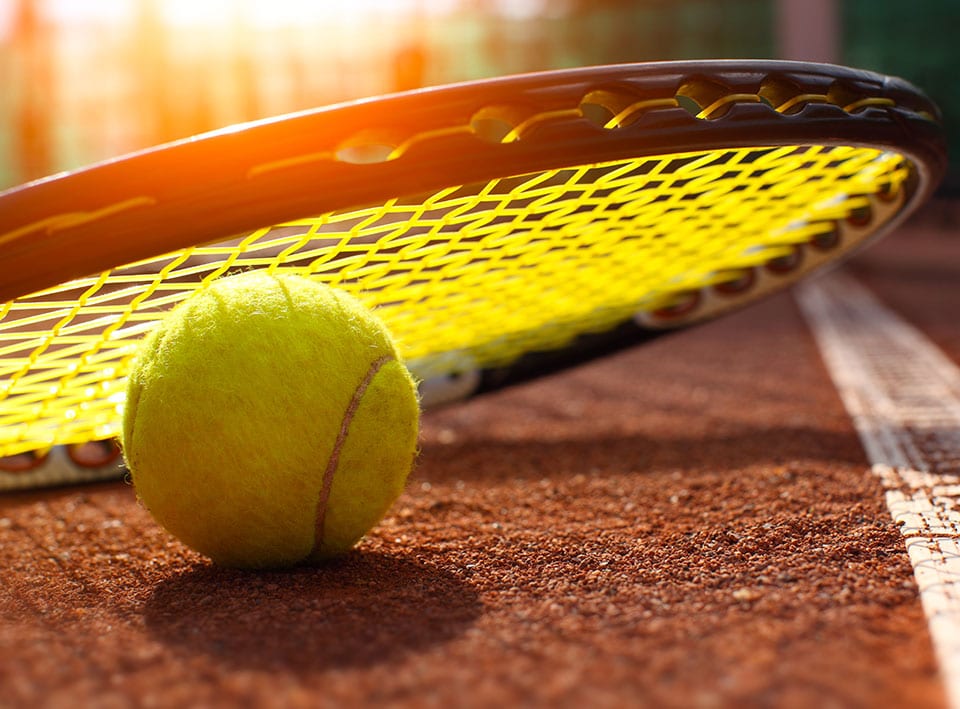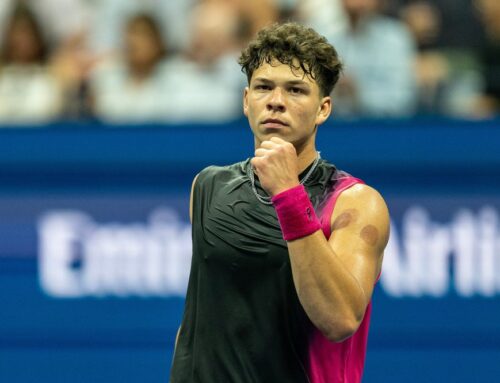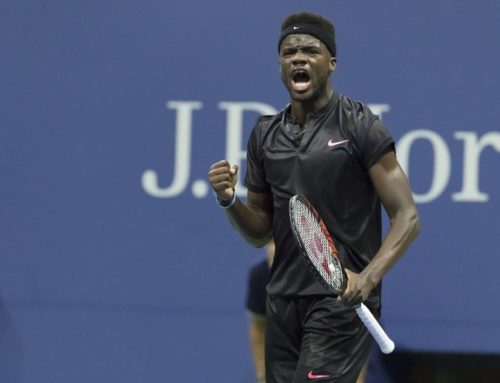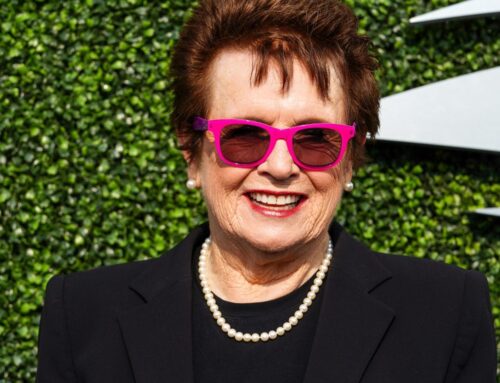John McEnroe and Martina Navratilova are set to participate Monday in a non-tennis related function during opening night ceremonies at the U.S. Open in New York. The legendary Hall of Famers will join USTA President David Haggerty at Arthur Ashe Stadium to turn on the outside lights of the Empire State building. ESPN2 will telecast the ceremony, which will precede the first night match.
Wouldn’t it be nice if McEnroe and Navratilova, both past-masters of the serve-and-volley game, could also flip a switch that would ignite a glow of interest among today’s pros in the style-of-play that made them giants of the game? How great it would be if sports fans throughout the world could once again feel the energy, frolic in the drama and marvel at the athleticism that’s generated when great champions with contrasting styles go toe-to-toe for the Grand prize in the world’s biggest tennis arenas? There I go dreaming again, but hey, I can’t help it.
It hurts to see the game I love appear to be – in recent years – so one dimensional, so often void of ESPN-Top 10 moments. I learned to play tennis in the late 1950s, at a time when the sport was dominated by great serve-and-volley champions, including Australia’s Rod Laver, Althea Gibson, Billie Jean King and Australia’s Margaret Smith Court, to name a few. Later, in my early years as a sports journalist with Newsday and the New York Post in the 1970s, the parade of great serve-and-volley champions continued, as I watched my good friend and high school nemesis, Arthur Ashe, join Stan Smith and Australia’s John Newcombe in the next wave of serve-and-volley champions. The 70s, however, belonged mostly to the baseliners, led by Chris Evert, Jimmy Connors and Sweden’s Bjorn Borg.
A shift back to the serve-and-volleyers began in the late 70s with the emergence of Navratilova, who won 18 major titles, including 10 at Wimbledon and McEnroe, who won four U.S. Open titles and three Wimbledon crowns. Navratilova and McEnroe, joined by fellow serve-and-volleyers Sweden’s Stefan Edberg and Germany’s Boris Becker, dominated the 1980s. However, Becker’s compatriot, baseliner Steffi Graf began her ascension in the late 80s and – along with Monica Seles, another baseliner – dominated the women’s game in the 90s. Graf, who was ranked No. 1 for a record 377 weeks, ended her career in 1999, with 22 major titles, two short of Court’s record. Seles’ brilliant career was cut short in 1993 after a German fan stabbed her in the shoulder during a changeover in a match in Hamburg. Seles captured nine major titles and retired in 2008, but played her last match in 2003.
I spent the final 15 years of my newspaper career as USA Today’s tennis writer and was privileged to chronicle the meteoric rise and stardom of the most talented group of young male superstars our nation has ever produced: Pete Sampras, Andre Agassi, Jim Courier and Michael Chang. With 14 major titles, including seven Wimbledon crowns and five U.S. Opens, Sampras, the lone serve-and-volleyer in the group, finished with the most impressive resume and his confrontations with Agassi were often classics. I enjoyed describing and analyzing them for USA Today’s readers. Here’s a paragraph I wrote about an Agassi vs. Sampras clash in the 2001 U.S. Open quarterfinals.
An evening of athletic creativity and exquisite artistry was expected and the players, strutting contrasting styles, delivered in every way. The crowd soaked in the excitement and, at times, seemed mesmerized by the players’ thrusts and counterthrusts. “It was a pleasure playing tonight,” said Sampras, after defeating Agassi 6-7, (7-9), 7-6 (7-2), 7-6 (7-2), 7-6 (7-5) in 3 hours, 32 minutes. “The energy was phenomenal.” Said Agassi: It boiled down to a few shots, and that’s the difficulty and that’s the beauty, too. Pete pulled a match out that was disappointing to me, but I was glad to be a part of it.”
With no dedicated serve-and-volleyers in either the men’s or women’s draw, the next U.S. Open singles crowns most assuredly will be claimed by baseline bangers. “Clearly, (No. 2 Roger) Federer and (No. 1 Novak) Djokovic are the favorites, followed by (No. 9 Andy) Murray, even though he’s seeded lower,” McEnroe said. “(With Rafael) Nadal not defending his title, (No. 6 Milos) Raonic and No. 8 Grigor) Dimitrov are the two most obvious guys that are ready to step in the void. Raonic wants to prove that he’s not a one trick-pony.” Canadian Raonic, with an explosive serve in his arsenal, and Bulgaria’s Dimitrov are baseliners with serve-and-volley tendencies. Both are 23.
McEnroe sees two-time defending champion Serena as the heavy favorite to capture her sixth U.S. Open title. “Everyone is intimidated by Serena, especially when she’s playing her A game,” McEnroe said. “If she doesn’t play well, that opens the door for a lot of people.”
Williams faces 18-year-old pro Taylor Townsend, wildcard entry, in the U.S. Open first round. Townsend, a lefthander, was the No. 1 ranked junior girl in the world in 2012. Townsend, 18, coached by former pro Zina Garrison, seems to be developing a serve-and-volley game. She reached the third round of the French Open earlier this year, which prompted Andy Murray to say, “I love the way she played tennis. She’s just a really nice player to watch. She hits the ball great. She’s very talented. She volleys. You don’t see that much now, don’t really see it on the men’s or women’s tour at all.”
If Williams’ A game goes awry and she gets a case of the jitters, a Townsend upset could provide the spark needed to restore the serve-and-volley style of excitement to the women’s game that’s been missing for so many years.





Leave A Comment